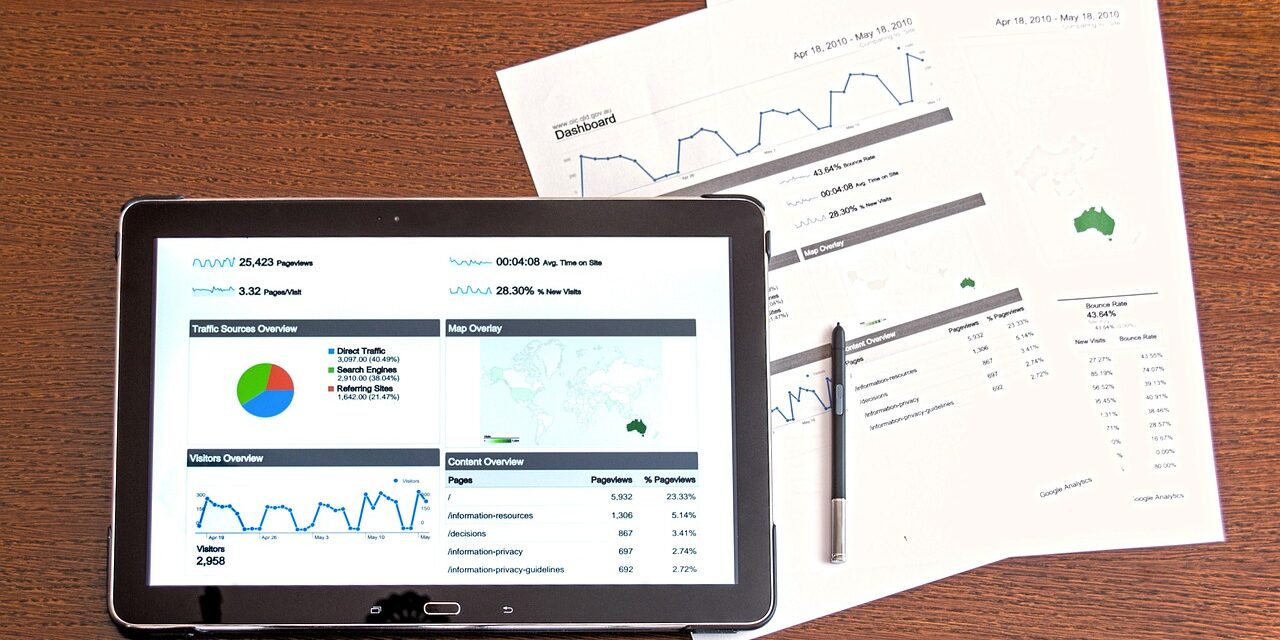Introduction to Types of data analysis
Types of data analysis is an integral part of any research project, whether in the field of science, social sciences, business, or any other domain. It involves transforming raw data into meaningful insights, patterns, and conclusions. The choice of data analysis methods depends on the research objectives, the nature of the data, and the specific questions you aim to answer. In this blog post, we will explore various types of data analysis commonly used in research.
-
Descriptive Data Analysis
Descriptive data analysis is the most basic type and serves as a starting point for most research projects. It involves summarizing and presenting data to understand its basic features. Common techniques used in descriptive analysis include:
a. Measures of Central Tendency: These include mean, median, and mode, which help researchers understand where most data points lie.
b. Measures of Dispersion: Variability is measured using metrics like range, variance, and standard deviation.
c. Data Visualization: Graphs, charts, and histograms are used to visually represent data to detect trends or patterns.
-
Inferential Data Analysis
Inferential data analysis goes beyond simple description and involves making inferences or predictions about a population based on a sample. Common techniques include:
a. Hypothesis Testing: Researchers formulate hypotheses and use statistical tests to determine whether the data supports or contradicts these hypotheses.
b. Regression Analysis: This helps establish relationships between variables and predict outcomes based on the input data.
c. Analysis of Variance (ANOVA): ANOVA is used to compare multiple groups or treatments to determine if there are statistically significant differences among them.
-
Exploratory Data Analysis (EDA)
EDA is an approach to analyzing data sets for the first time with the primary aim of summarizing the main characteristics. It often involves visualizations like scatter plots, box plots, and histograms to identify patterns, anomalies, and outliers.
-
Qualitative Data Analysis
Not all data is numerical or quantitative. Qualitative data, such as text, images, or open-ended survey responses, requires a different set of analytical techniques. Common methods include:
a. Content Analysis: This involves categorizing and interpreting textual or visual data, often used in social sciences and humanities research.
b. Thematic Analysis: Researchers identify recurring themes and patterns in qualitative data.
c. Grounded Theory: This is a systematic approach to generating theories from qualitative data.
-
Time-Series Analysis
When dealing with data collected over time, time-series analysis is vital. It helps researchers understand patterns and trends in data that change over time. Techniques include autoregressive models, moving averages, and exponential smoothing.
-
Spatial Data Analysis
Spatial data analysis focuses on data with geographical components. This is essential in fields like geography, environmental science, and urban planning. GIS (Geographic Information System) tools and spatial statistics are commonly used in this type of analysis.
-
Textual Data Analysis (Text Mining)
Textual data analysis involves processing and extracting valuable information from large volumes of text. Natural Language Processing (NLP) techniques, such as sentiment analysis and topic modeling, are commonly used in this context.
Conclusion of Types of data analysis
Choosing the right data analysis methods is crucial in any research project. The type of analysis you select will depend on the research objectives, the nature of your data, and the questions you aim to answer. It is often beneficial to use a combination of these methods to gain a comprehensive understanding of your data. Remember that proficiency in data analysis is an essential skill for researchers in various fields, and it can make the difference between drawing meaningful insights from your data and missing critical findings.





